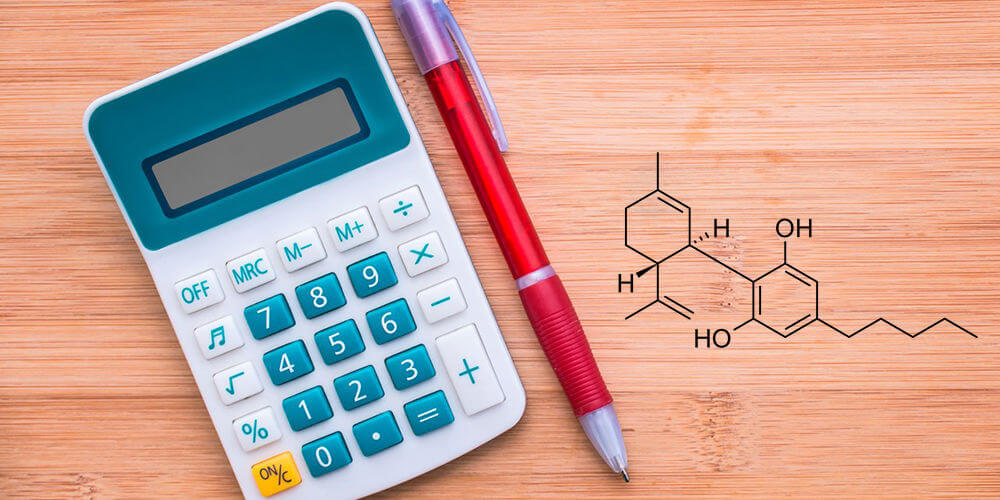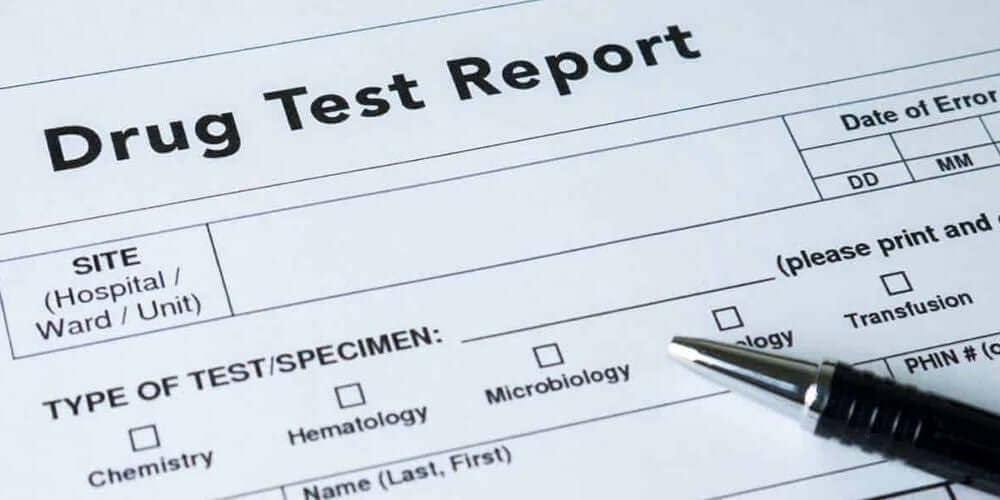There are many layers to the cannabis industry, and pulling back each one will reveal yet another brilliant chemical compound. Delta 8 THC is the latest layer to gain traction, and it happens to be a derivative of hemp and an isomer of CBD and hemp, giving it a green light legal status federally, which means all can enjoy. What’s so different about this cannabinoid, however, isn’t just that it’s legal; it’s that it’s a close relative to Delta 9 THC, the psychoactive compound native to marijuana that is known for producing the potent high. With its close relation, Delta 8 THC is yet another psychoactive cannabinoid with the ability to produce its own unique benefits and effects. The looming question though is how to actually make it.
In today’s addition to our Superstrain Delta 8 Blog, we’re going to dive deeper into the origins of Delta 8 THC and share why it’s made despite it being a naturally occurring cannabinoid, and how to make Delta 8 THC. Please understand that this information is for educational purposes only and should only be attempted by trained professionals in a clean, laboratory environment.

How To Make Delta 8 THC?
Delta 8 THC naturally occurs in hemp and marijuana, however, there are more fruitful methods to obtain large concentrations of the cannabinoid, which involves a conversion process. Believe it or not but all cannabinoids start as the CBGA cannabinoid, then naturally synthesize into another cannabinoid as the cannabis plant (hemp or marijuana) matures. Heat is another way cannabinoids naturally transform into another, and you can even convert them with the help of solvents, reagents, and acids. You can convert Delta 9 THC to Delta 8 THC as well, but the most common way of obtaining large concentrations is by putting CBD through a special conversion process. Below you will find the steps to convert or “isomerize” CBD into Delta 8 THC.
Converting CBD Into Delta 8 THC
- Begin by dissolving 1 gram of CBD in 10mL 0.005molar H2S04 in glacial acetic acid.
- Next, allow the solution to stand at room temperature for 3 hours.
- After you’ve allowed the solution to stand for 3 hours, it would have converted into 52% Delta 9 THC and 2% Delta 8 THC.
- Continue allowing the solution to stand for up to 3 days.
- After 3 days of standing at room temperature, the CBD would have converted into 15% Delta 9 THC, 54% Delta 8 THC, 10% Delta 8 ISO, and 10% CBD.
Why Does Delta 8 Need To Be Made?
The burning question is, why does Delta 8 need to be made, even though it is a cannabinoid that naturally occurs in hemp? The issue with Delta 8 THC is that it only occurs in small concentrations and it is a timely and costly process to develop large quantities of it. By doing so, it simply wouldn’t be a feasible option for consumers, since the cost would far outweigh the benefits and effects it offers, especially when there are other, more viable options available to make Delta 8 THC more cost-effective for consumers. It makes much more sense to just convert one cannabinoid (one that is plentiful, such as CBD) into another.



